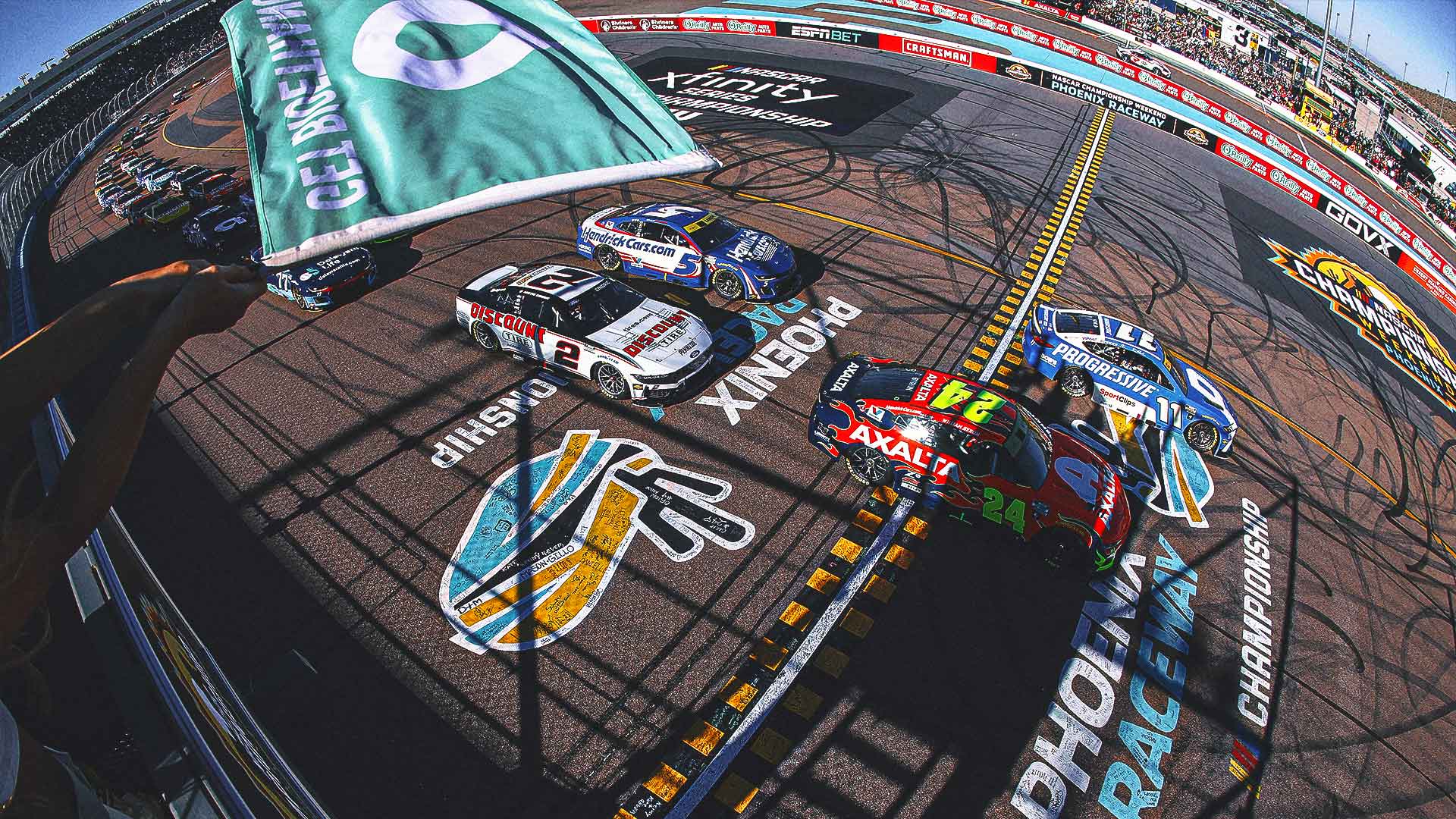The first stage of the new licensing process for remote gambling in Italy has started, with the new licences effective from 13 November 2025. According to the circulars published by the Italian Customs and Monopolies Agency (ADM), there will be a six-month transition period during which companies must ensure compliance with the new technical regulations, and during recent weeks several meetings with operators have been held to discuss the regime.
The new regime introduces several noteworthy updates, which I will attempt to outline below. A total of 52 applications have been submitted by 46 companies. The choice of the Italian government was clear from the beginning: reduce the number of operators and create a more stable, better regulated market, with the cost of entry of an upfront payment of €7m (£6.2m), combined with stricter technical and compliance requirements. It is undisputable that rising regulatory costs and tighter compliance rules are expected to favour large, multi-product corporations, making survival difficult for smaller operators, which have the unique opportunity to rise and became the real outsiders of the market.
One licence, one domain
One of the most notable changes is the elimination of so-called ‘skins’. Under the previous system, operators could run multiple sites under a single licence, creating various brand portfolios. The new rules impose a strict one-domain-per-licence policy, meaning every separate brand must have its own dedicated licence. The result will be a decline in the number of active gambling websites in Italy, giving an edge to operators with cohesive brand strategies and the capacity to merge online and retail operations, for those operators that also hold a terrestrial licence.
In practice, it means that starting from 13 November 2025, each licensed operator will be allowed to manage only one official website per concession. This change will affect around 350 existing skins/white-label websites, which will no longer be permitted to take bets and/or accept new registrations. The relevant URLs will also not be available. The ADM has formalised its collaboration with law enforcement agencies such as Italy’s Financial Intelligence Unit (UFI) and the tax authorities to enhance enforcement and combat illegal activity and tax evasion.
Limits, alerts, self-exclusion and ID requirements
At the same time, the new regulatory framework places strong emphasis on player protection and responsible gaming. The measures include mandatory deposit limits, tools to help players manage their gaming time and automated alerts designed to flag potentially risky behaviour. These initiatives draw inspiration from best practices across Europe and UK and reflect Italy’s growing commitment to promoting a safer, more transparent gambling environment.
During the session, alerts must appear when spending or time thresholds are reached, tailored to the respective player’s age and habits. Such alerts will be activated once spending per session hits €100 and/or session time reaches one hour. In addition to the above, a feature for setting self-imposed gaming limits must be provided, including time spent, spending, money lost and deposits. These limits can be daily, weekly, monthly or yearly. Limits cannot be set as unlimited. If limits are exceeded, all gaming activity is immediately blocked and the central system is notified.
Players must be able to self-exclude from all or specific games, either temporarily or indefinitely from a single concessionaire or across all operators. Indefinite self-exclusion can be revoked only after nine months, with reactivation occurring seven days after the player’s request. Temporary exclusions can be changed to indefinite at the player’s request.
Finally, there is a new gaming account system which will be subject to review by accredited verification bodies. Registration for a gaming account requires communication of the player’s identification details and the unique account code to the centralised system, with validation by ADM. The player’s gaming account is therefore activated only after confirmation of receipt of the unique identification code by the player and receipt by the operator of the player’s identification document. This is different from the past where it was admissible to obtain the ID document within 30 days.
Pros and cons
In summary, the positive aspects of the new regime will be stronger market oversight through the elimination of skins, enabling the ADM to more effectively monitor operators and enforce compliance. At the same time, it brings stability with high entry costs and stricter requirements that favour more structured companies, but it is not without its drawbacks. The reduction in market diversity means that smaller and/or international operators that have not yet invested in the market may struggle to compete, limiting investments in Italy, consumer choice and potentially curbing innovation.
Additionally, the six-month transition period could pose significant challenges for operators as they adapt to new systems and consolidate domains, with some facing difficulties in meeting technical requirements in time. Finally, there is a risk that stricter limits and enhanced verification procedures might drive certain players toward unregulated offshore platforms, which could inadvertently undermine the intended objectives of the reform.

Vincenzo Giuffrè is a gambling lawyer based in Italy with experience advising national and international operators in gaming and gambling matters across online and retail.
He specialises in regulatory compliance, licensing and dispute resolution across global jurisdictions. An active member of major industry associations, he frequently speaks at the most relevant gambling conferences in EMEA.
The post Rolling the dice on reform: exploring Italy’s new regulations first appeared on EGR Intel.

.png) 3 hours ago
29
3 hours ago
29














